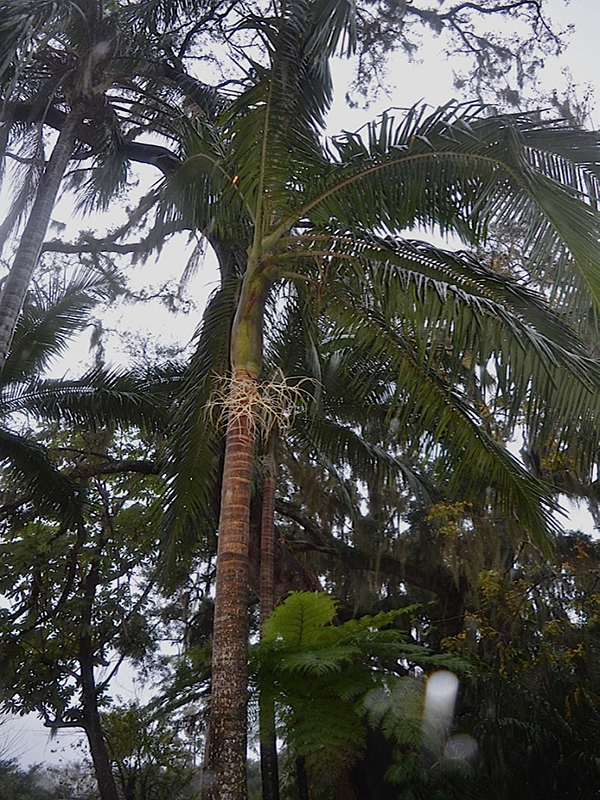Archontophoenix cunninghamiana ( Picaabeen Palm, Bangalow Palm, Archontophoenix, Illawara Palm, King Palm,)
Botanical Information
| Family | Arecaeae |
| Genus | Archontophoenix |
| Species | cunninghamiana |
| Synonyms | Ptychosperma cunninghamianum H.Wendl., Bot. Zeitung (Berlin) (1858), Loroma cunninghamiana (H.Wendl.) O.F.Cook, J. Wash (1915) |
| Origin | Mostly found in tropical to subtropical areas. |
Details
| USDA Hardiness Zone | 10a |
| USDA Hardiness Ref. | |
| Canadian Hardiness Zone | Requires cold season protection under glass. |
| Canada Hardiness Ref. | |
| RHS Hardiness Zone | H3 |
| RHS Hardiness Ref. | |
| Temperature (°C) | to (-1.1) |
| Temperature (°F) | to 30 |
| Height | 20-25 meters |
| Growth | Fast |
| Flowering Period | May, June, July, August, September, October, November |
Description and Growing Information
| General Description | It is popular as an ornamental palm for its evergreen foliage, and inedible small bright red fruit. |
| Propagation | By seed. |
| Cultivation | Grow in a range of soil types in partial shade or full sun |
| Pests | Palm dart butterfly larvae, scale insects and mealy bugs. |
| Notable Specimens | Harry P. Leu Gardens, Orlando, Florida, United States of America. |
| Leaf Description | Arching fronds up to 4.5 m long with many leaflets, a dark glossy green on the upper surface and a lighter green underneath. |
| Flower Description | The inflorescence carries small lilac flowers on creamy branches. |
| Fruit Description | A bright red with a waxy finish which are attractive to birds. |
